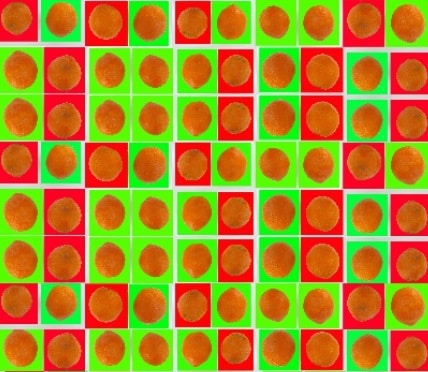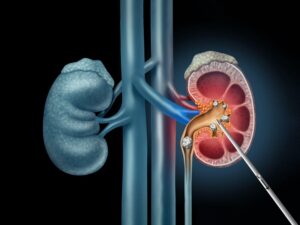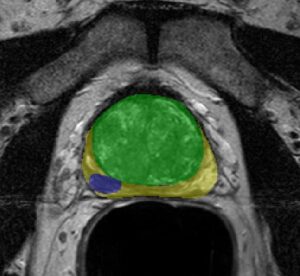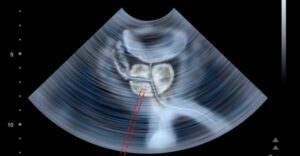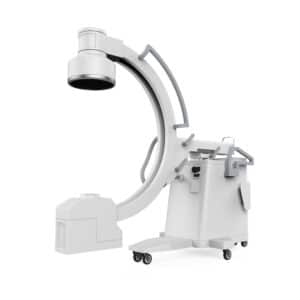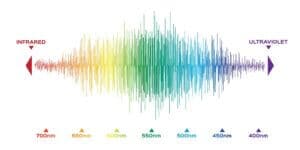Many of our pattern recognition and machine learning algorithms are probabilistic in nature, employing statistical inference to find the best label for a given instance. For example, the use of deep learning techniques to localize and track objects in videos can also be formulated in the context of statistical pattern matching. After a learning phase, in which many examples of a desired target object’s features are learned to formulate a “pattern”, deep learning algorithms efficiently search and provide possible matches in any given test video. Another example can be behavior prediction of pedestrians in automatic driving assistance systems, based on learned trajectories of pedestrians.
In addition, multiple patterns can be searched simultaneously and be grouped into several categories or classes, for example to determine whether a given email is “spam” or “non-spam” or to classify and grade agricultural products based on their characteristics and pathologies.
At RSIP Vision we develop and employ high-end pattern matching algorithms, tailor-made to the needs of our clients. Our custom pattern recognition and machine learning algorithms are used to achieve a wide variety of goals – from speech and facial recognition, through automatic classification of white blood cells and dendritic cells, assistance in lens manufacturing and up to monitoring animal behavior. We have a long experience in the development of in-house solutions and techniques to resolve challenges in computer vision, image processing and machine learning. Please visit our project page to review RSIP Vision’s solutions in various industry fields.

